Xiegu VG4 Base Station Vertical Antenna: Review & Setup Guide
- Ham Talk, Product Review
-
 Posted by Kate Lin
Posted by Kate Lin
- Leave a comment
--By Claudio, K1-ZCI
I have recently installed a Xiegu VG4 and I am writing this article with the hope that it will help those you who are considering a purchase.
First impressions
The antenna is well conceived and carefully manufactured, the hardware is top-notch quality - a rare and welcome plus in an atmosphere of intense competition. The traps are well designed and protected from water intrusion. The former mounting plate is now affixed with brackets that fit nicely on the mast and include a strong and sure-footed grip. The assembly kit includes three wrenches, which represents a nice touch. The matching transformer box is well sealed and the SO239 is of good quality. Like many of you, I wish that the accompanying installation manual was more detailed. Yet, I had zero difficulties putting together all the parts
The installation and tuning process will be described shortly.
For context, I live in South Lake Tahoe, CA, a true nightmare for HAM radio ops. We are at 6,500 ft altitude, surrounded by peaks of 10.000 ft. Despite these challenges, the results I have attained with the Xiegu VG4 are just short of a miracle. As expected, the 40 m band is quite critical. With this antenna, it’s the one and only band that requires any adjustment. All other bands, except the WARC, return an enviable VSWR of 1:1 By engaging the antenna tuner I was able to make the antenna resonate on the 80 m,17 m, 12 m and 6 m. Quite a feat
Please note that I am a big supporter of QRP ops. I mainly keep the power setting at 5 W. However, on my birthday and major federal holidays, I dare push the output all the way to 10 W. I will spare you the list of contacts I made during the first few hours. Let me just say, EVERY time I respond to a CQ call, inevitably I get a reply. Even with weak signals of S 1-3.
Being a specimen of modern days Homo Sapiens, I mainly operate CW, and with the measurements I’m sharing with you, I enjoy a VSWR 1:1 on 40 m, in the CW portion of the band.
Now, let’s examine the tuning. Since my days as a spring chicken have been relegated to the rear-view mirror many, many moons ago, I have taken advantage of the VG4 review by W1-ENB, which has helped immensely in mitigating the risk of the cops pulling over my curb, called by the neighbors claiming that tools were flying from the roof.
Listed below the measurements for each section. (Courtesy of W1-ENB)
| Band | Section Measurement Description | Length (cm) | Length (inches) |
|---|---|---|---|
| 10 meter | ƒ(r) = 28.7 MHz | 340.4 | 134 |
| 15 meter | ƒ(r) = 21.18 MHz | 24.1 | 91/2 |
| 20 meter | 14.09 MHz | 42.9 | 167/8 |
| 40 meter | ƒ(r) = 6.98 MHz | 181.3 | 713/8 |
Here are some of the results of my tests:
Band: 10 meter | Section Measurement Description: ƒ(r) = 28.83 MHz 
Band: 15 meter | Section Measurement Description: ƒ(r) = 21.22 MHz 
Band: 20 meter | Section Measurement Description: ƒ(r) = 14.05 MHz 
Band: 40 meter | Section Measurement Description: ƒ(r) = 7.04 MHz 
If you follow these indications, you are 98% done and most likely it will only require one attempt to erect the antenna and then enjoy a well-deserved celebratory Martini. (some of us may enjoy two or three…) Having read some comments posted following the marvelous and hyper detailed review by W1-ENB, I sensed some frustration when it boils down to the VSWR.
My humble suggestions in this regard are
1-Open the matching transformer box, and make sure there is nothing loose inside and the wires are firmly secured.
2- Check the rubber seal around the cover and carefully reassemble the box.
3-Make sure you have connected the grounding strap properly and the terminal is secured.
4-Use a shrinking sleeve on the coax to prevent water intrusion and protect the PL259-SO239 with good quality tape. Make sure, after the testing is completed, to secure the coax along the mast, to prevent any stress caused by the weight of the cable and the wind effect. A couple of loops will also add some immunity to CNC.
Mounting
After assembling the antenna on the ground, follow my steps all the way to the testing. (I suggest using 2 supports at 1/3 and 2/3 of the length).
So, with my toolbox in hand, here I am, shivering with anticipation of utilizing my newly acquired opposable thumbs. Assuming that the mast has been already installed, hoist the antenna on the roof, without the 6 ground plane radials. Secure the clamps around the mast and only then proceed with the mounting of the ground radials. Depending on the position of the matching transformer box, it may need some wiggling to insert and tighten the two radials on each side of the box. Be careful to stop immediately the tightening if you are not sure that the radial is properly aligned with the corresponding hole. Stripping the whole thing is an ever-present risk. And if you happen to do so, get the credit card out of your wallet and order a new VG4.
Using the measurements provided by W1-ENB’s review, the installation was over in an hour and didn’t require ANY further adjustment
Every installation is unique in nature, with various factors at play, such proximity to the roof, walls, or wires, metal poles or objects may, and often do, influence the overall results. Yet do not despair. Take a couple of Xanax and arm yourself with patience and determination.
Proceed to adjust the 40 m element to obtain the desired resonant frequency. A little help from a friend is highly recommended. If you do not have a friend, swallow your pride and ask an enemy. All other bands are generally tuned in already. In the attached pictures, the noise floor is unbelievably low, sometimes nonexistent. And the VSWR reading is an astonishing 1:1. And NO, the transceiver was not connected to a dummy load.
Tuning
For the tuning, I intentionally avoided using a VNA. As a believer of “KISS” (Keep It Simple, Silly). Instead, I used an SDR QRP rtx, that can transmit well beyond the HAM radio limits. This will help you stay clear of the Smith’s Chart and get an idea where the antenna really resonates. Using your rtx,, if you notice the lowest VSWR reading around 6.8 MHz, then the antenna is obviously too long. Conversely, if you notice a low VSWR around 7.5 MHz, then the antenna is too short. Dude! You truly are a genius! Duh….
One more consideration
Due to the unique geo-characteristics of my current location, it would be advisable to employ an antenna with a more pronounced NVIS connotation, like an end-fed inverted L, to overcome the presence of the peaks in the surrounding area. At least for the 40 m band. But, so far, I have managed to achieve highly satisfactory results during both day and nighttime ops. Just my 37 cents.
For those of you who may need further assistance, and/or the suicide prevention hotline, I will always be available to help. It would be my pleasure and honor.
Should you desire to contact me, my e-mail is:
Claudio@tahoehelicopters.us.
My name is Claudio, and I have approved this message…
73’s and good mental health!
K1-ZCI.
![Radioddity GD-168 [OPEN BOX] - Radioddity](http://radioddity.myshopify.com/cdn/shop/files/GD-168_1600x1600_3922a234-2fe4-4b80-8282-3f6d17a10d71.png?v=1762470234)

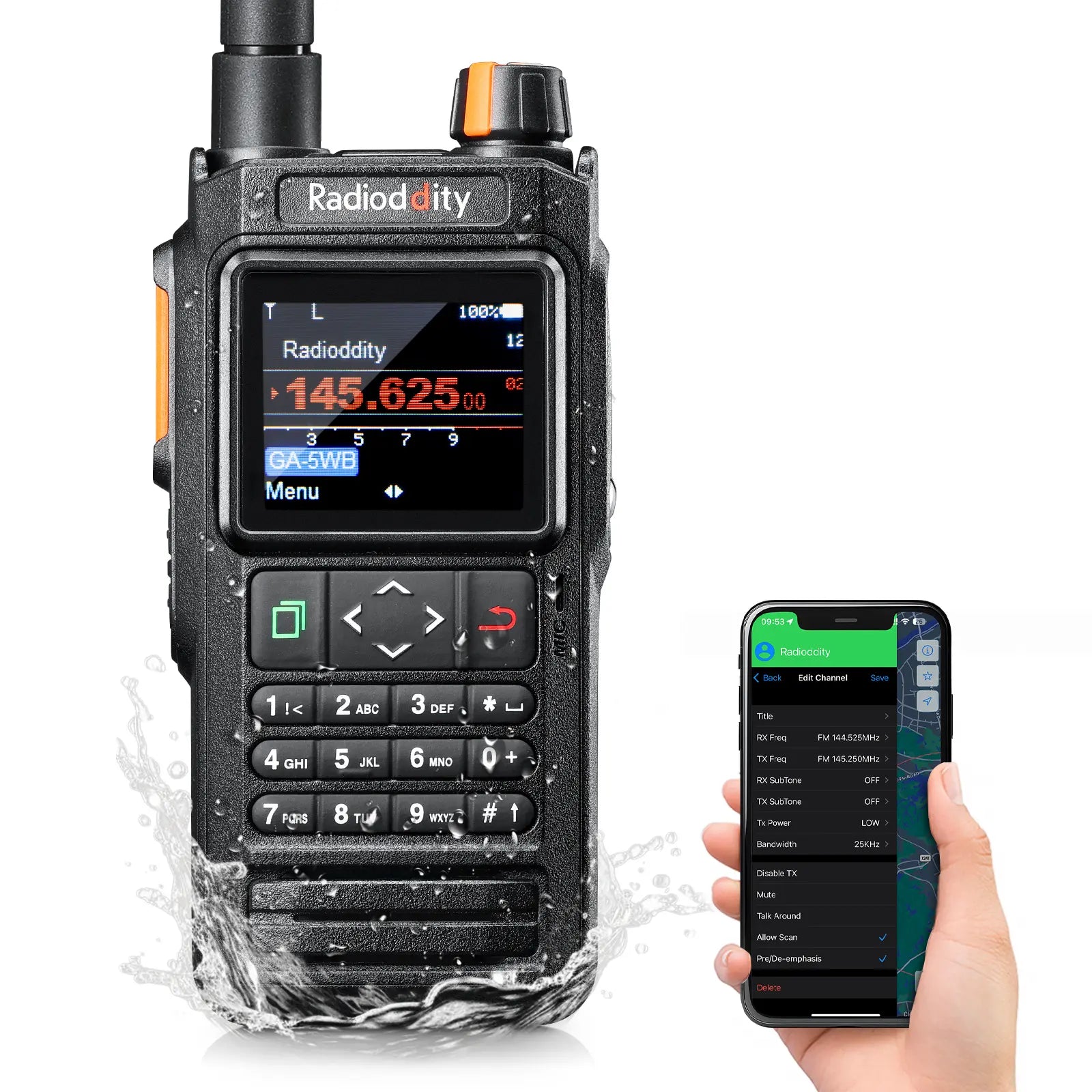








![Baofeng GT-5R 5W Dual Band Radio [Upgraded Legal Version of UV-5R] - Radioddity](http://radioddity.myshopify.com/cdn/shop/products/GT-5RImage.png?v=1762459898)
![Baofeng UV-5R PLUS [5 Colors] | DUAL BAND | 4/1W | 128CH | FLASHLIGHT - Radioddity](http://radioddity.myshopify.com/cdn/shop/products/3_58c037e1-560a-4c85-bd75-67c202269d29.jpg?v=1762457615)










![GA-2S UHF Long Range USB Two way Radio [2/4/6 Packs] - Radioddity](http://radioddity.myshopify.com/cdn/shop/products/5_96d2d28c-8609-4f29-926b-d423141df2f4.jpg?v=1762457835)



![Baofeng BF-888S [2 Pack] | UHF | 5W | 16CH | CTCSS/DCS | Flashlight - Radioddity](http://radioddity.myshopify.com/cdn/shop/products/1___1___1.jpg?v=1762457605)
![Baofeng GT-1 [2 Pack] | UHF | 5W | 16CH | Flashlight | FM Function Two-Way Radio - Radioddity](http://radioddity.myshopify.com/cdn/shop/products/ia_100000006122.jpg?v=1762457668)


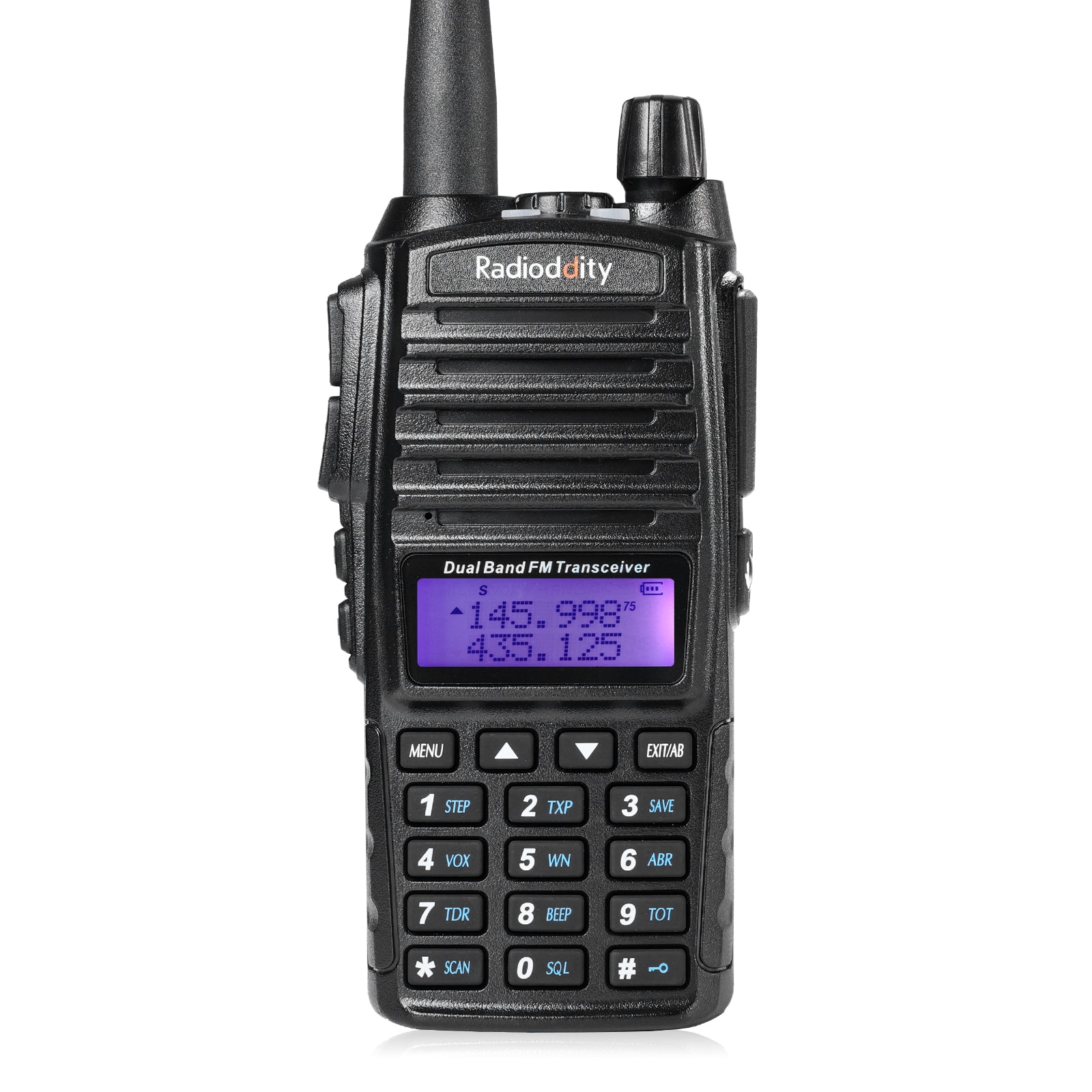




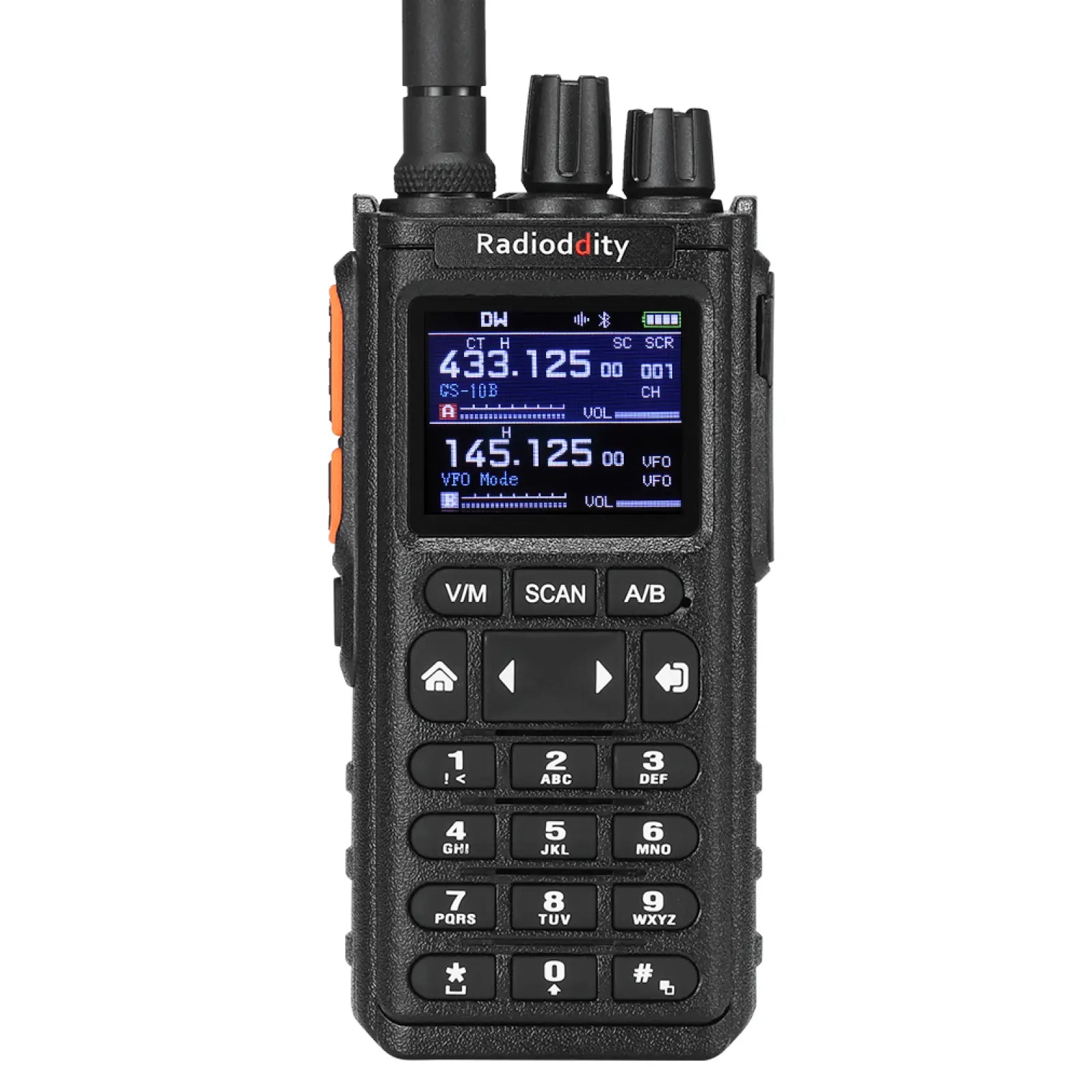
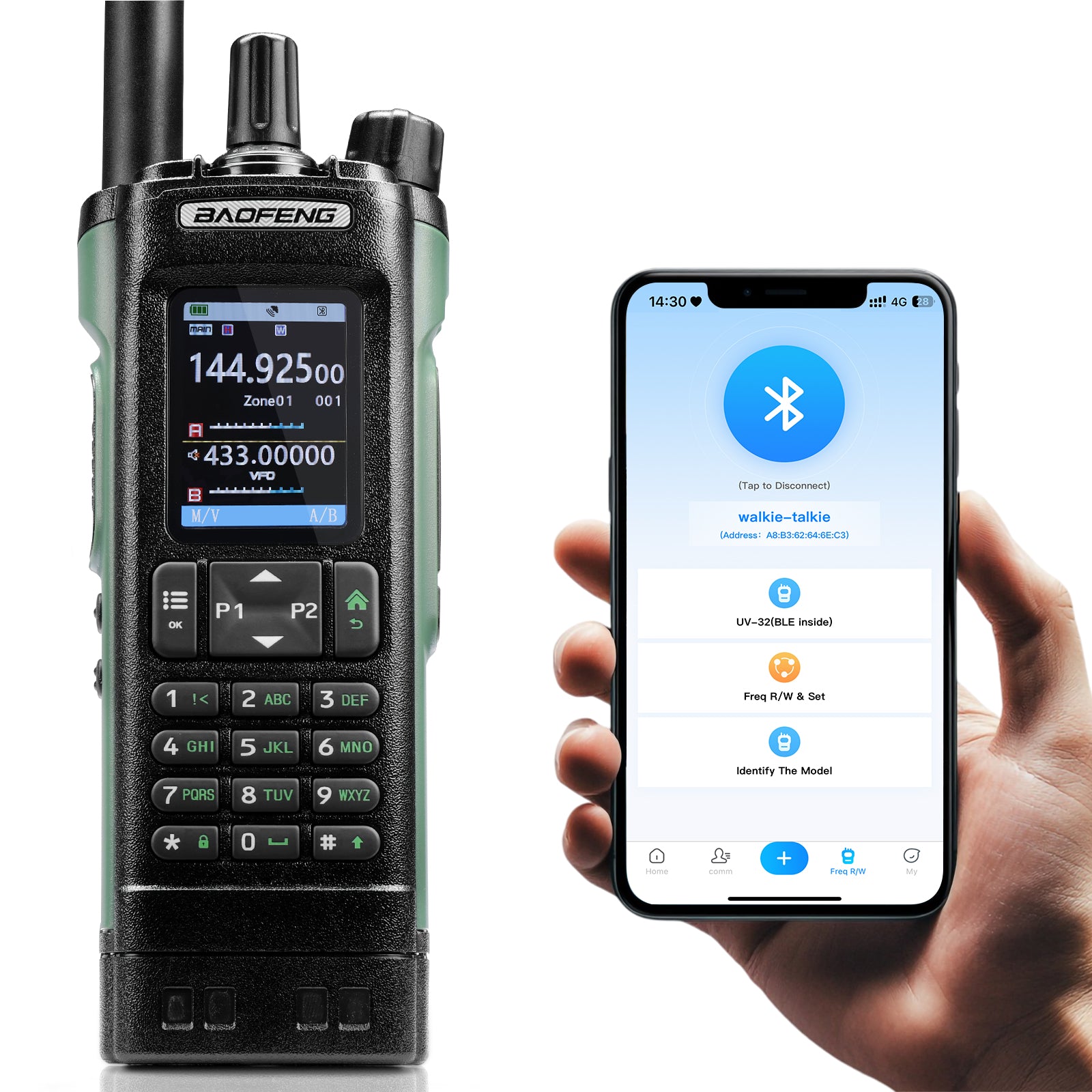
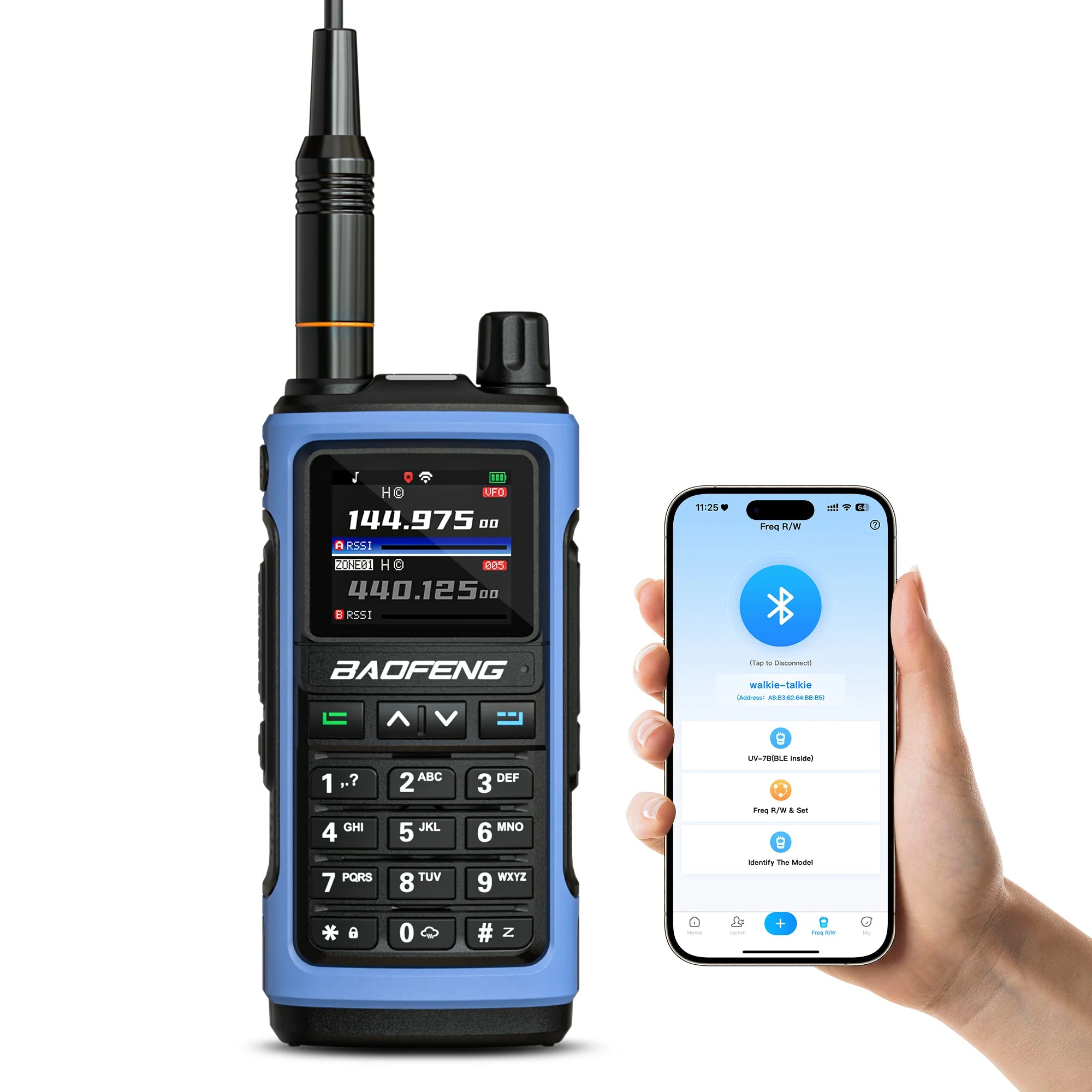










3 comments
Ruven
Hi Claudio, I found your review very informative. I have only just purchased the VG4 and I have discovered that the ground plane radials are actually 1.20 m long and not 2.7m as indicated everywhere else. I am waiting to hear from the dealer who sold the antenna.
What’s your view on this?
Kind regards
Ruven (VK2ISM)
Royd K5YAK
I got my license when I was 12 – th we n in college I used a vertical which worked better than the dipole- now 40 years later and kids gone – want to renew my interest in ham radio
Tom ke7wwp
Hello and thank you for your description of this antenna. I’m located in Newport, OR off Hwy 20 @mile post 3. There is no cell service here, so I rely on Spectrum for my internet. As a fellow ham operator, I am always looking for solutions when it comes to finding a new cq contact. Good numbers to you sir.